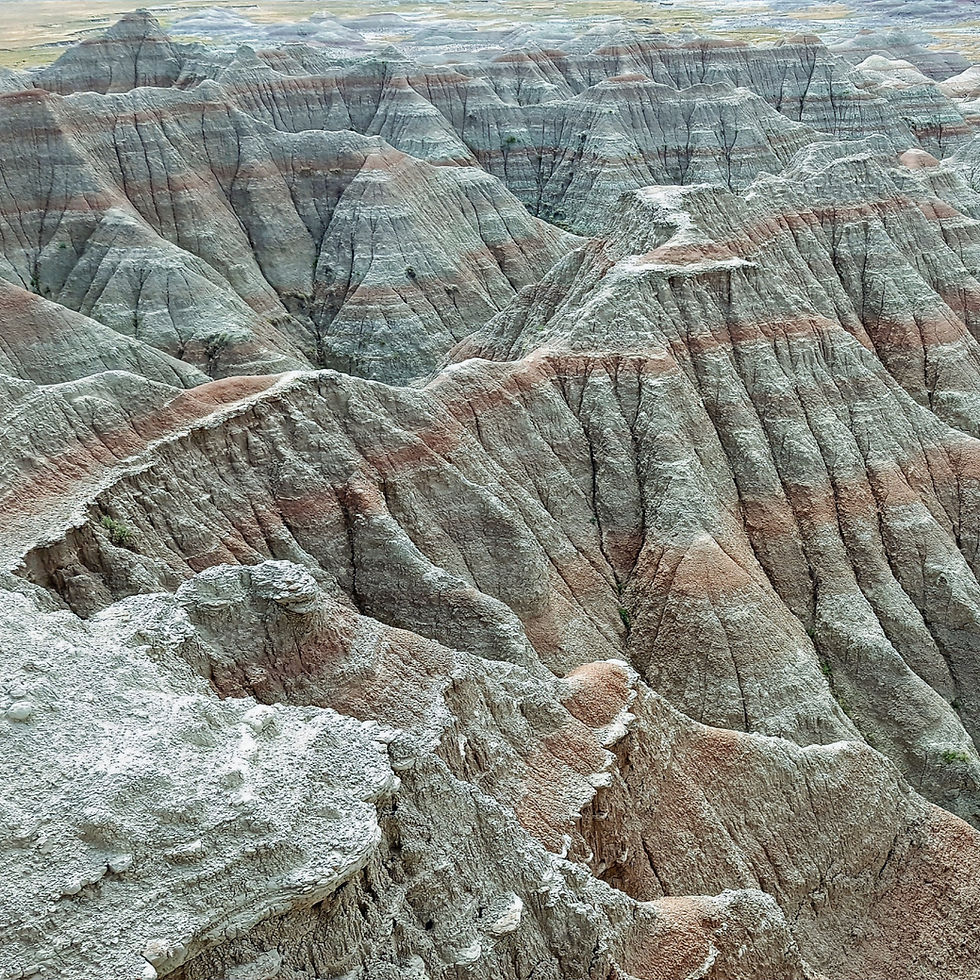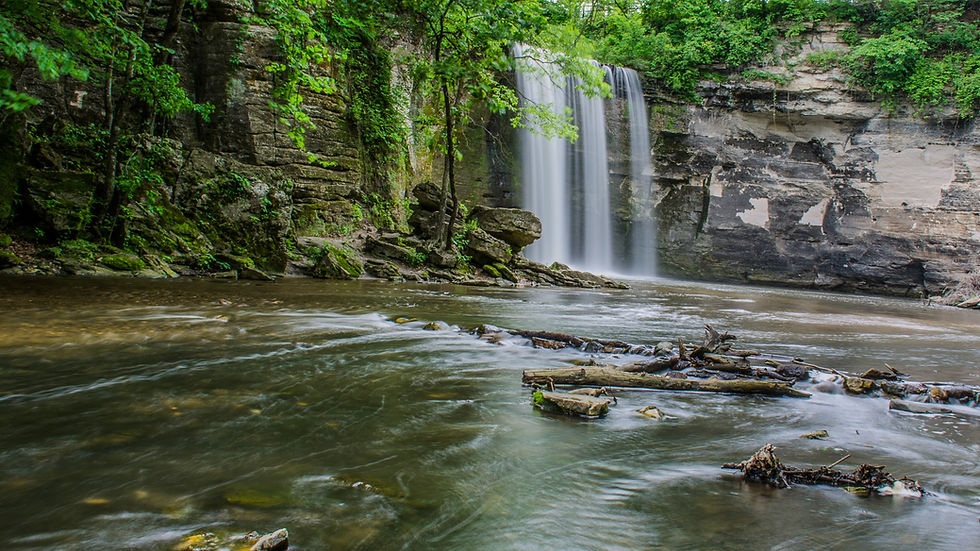Exploring Delaware’s Harriet Tubman Underground Railroad Byway
- Greg Phillips
.JPG/v1/fill/w_320,h_320/file.jpg)
- Feb 25, 2024
- 4 min read
Updated: Apr 30
This byway is one of our choices for Delaware’s Top Scenic Byways, as listed in our Delaware section.

Our previous blog post detailed the Maryland section of the Harriet Tubman Underground Railroad Byway. Near Goldsboro on Maryland’s Eastern Shore, the byway wanders east into Delaware as it continues to explore areas Harriet Tubman and others passed through on their way to freedom in Pennsylvania. Delaware’s capital, Dover, and largest city, Wilmington, are highlights. And once you reach Pennsylvania, check out this site on the Keystone State’s section of the Harriet Tubman byway.
Maryland state line northeast to Dover and onto Wilmington
Distance: 100 miles / 161 km
For African Americans seeking freedom, the Underground Railroad was a way out of the fifteen Slave States. A network of routes and safe havens, it mostly involved ordinary people of different faiths and backgrounds: teachers, farmers, shop owners and ministers. Guides, called conductors, helped slaves navigate the routes. Harriet Tubman is the best-known Underground Railroad conductor. She was born in neighboring Maryland around 1820. Traveling by herself and mostly at night, Tubman escaped to Philadelphia in 1849. Then, she spent more than a decade rescuing about 70 family and friends on some 13 secret return trips to Maryland.
This All-American Road and most of its 46 designated sites are in Maryland, including two Harriet Tubman museums. Check our Maryland section for info on the byway’s first 125 miles. A good chunk of Tubman’s secret missions happened in Delaware and this part picks up after Red Bridges, the last stop in Maryland. From here, the byway goes north to Goldsboro and then crosses into Delaware, which was also a slave-holding state, meaning freedom was still 75 miles north in Pennsylvania.
Follow Delaware Route 10 east to the Norman G. Wilder Wildlife Management Area. An historic sign tells the story of the abolitionists and Underground Railroad conductor, Samuel D. Burris, who helped freedom seekers here. Today, the Norman G. Wilder Wildlife Area is popular for wildlife and bird watching, hunting and horseback riding.
Then, continue 12 miles northeast to Dover and the First State Heritage Park Welcome Center where Samuel D. Burris’ story continues. The state’s capital city has a particularly fascinating and attractive colonial district, centered around The Dover Green. For his role in helping slaves to freedom, Burris was arrested, tried and convicted at the The Old State House. In 2015, nearly 170 years later, Burris was pardoned in the same courtroom by Delaware’s governor.
In 1857, another dramatic scene took place next door to the Old State House. The “Dover Eight” were freedom seekers and friends of Harriet Tubman. Betrayed by an Underground Railroad conductor whom Tubman trusted, the group broke out of jail. The Dover Eight eventually made it to Pennsylvania and onto Canada. The jail no longer exists.
Leaving Dover and heading northwest about 20 miles, Blackbird State Forest is home to oaks, yellow poplar, maple, gums and hickories. The fall colors are obviously gorgeous. The forest was also one of Harriet Tubman’s landmarks on her perilous treks. It’s a visual reminder of some of the natural challenges freedom seekers faced. Today, Blackbird’s 40 miles of trails provide access for hikers, runners, bikers and cross-country skiers. There are also camping and picnic sites, and hunting and fishing are popular, too.
From Blackbird State Forest, it’s a short drive north to Middletown and Odessa, two important towns along the Underground Railroad. Located three miles apart, they feature historic buildings, shops and restaurants. To see the inside of a beautiful mansion furnished as it was in the early 1800s, go to the Corbit-Sharp House in Odessa. This National Historic Landmark was Daniel and Mary Corbit’s home, Quaker abolitionists who provided refuge to a fugitive slave, Sam. Throughout Delaware and Maryland, Quakers and a large free black population helped hide and lead freedom seekers as they pushed northward to Pennsylvania.
Another 20 minutes north is one of the oldest courthouses in the U.S. Built in 1732, the New Castle Court House Museum was also Delaware’s first capitol building. In 1848, Thomas Garrett was found guilty of violating the Fugitive Slave Act of 1793 after he and another prominent abolitionist, John Hunn, helped a family escape in 1845. Hunn had already pled guilty. Notably, Judge Roger Taney presided over their cases. He was a slave owner and the Chief Justice of the United States Supreme Court at the time. In 1857, Taney delivered the Dred Scott opinion, denying both slaves and free black men citizenship. The Dred Scott decision was later overturned by the 13th and 14th Amendments to the Constitution.
Over 40 years, it’s estimated that Thomas Garrett helped 2,700 slaves escape to freedom. On several occasions, he also collaborated with Harriet Tubman. It’s fitting the two are honored together six miles north in downtown Wilmington. Lying on the banks of the Christina River, the Tubman-Garrett Riverfront Park is less than nine miles from Pennsylvania. A place for walks, picnics, festivals and concerts, the park’s most important feature is a nine-foot-tall bronze sculpture of the two, Unwavering Courage in the Pursuit of Freedom.
From the park, it’s a ten-minute walk up Market Street to the Delaware History Museum, where Tubman, Garrett and the stories of other heroes are part of “Journey to Freedom.” This exhibit is just one of several documenting Delaware’s African American heritage through artifacts, oral history interviews, art and music from 1639 to present day. Next door, captured freedom seekers were held in the Old Town Hall’s jail cells before being returned to slave holders.
The Harriet Tubman Underground Railroad Byway continues 30 miles to downtown Philadelphia with two more stops at Independence Hall and William Still’s Last Residence. Click here for more information and specific byway maps and directions in Maryland, Delaware and Pennsylvania.





Comments